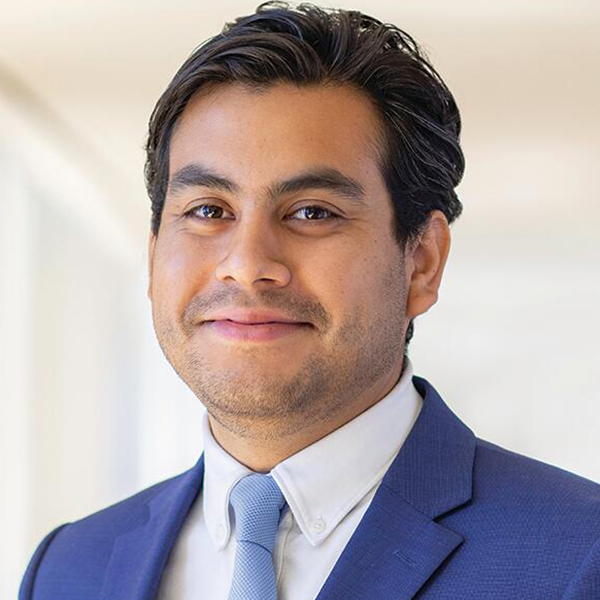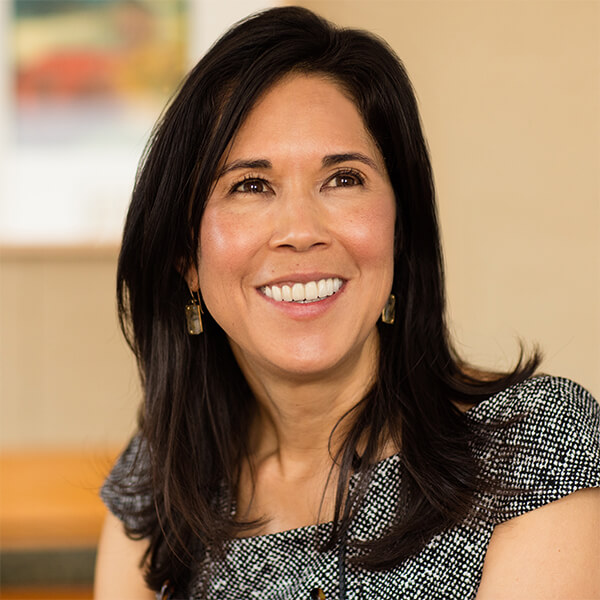Investors may be surprised to learn that the latest flashpoint for electric vehicle manufacturing is nowhere near the high-tech hubs of Silicon Valley or Shenzhen. It’s a town in northern Mexico called Santa Catarina, near Monterrey.
That’s where Tesla has announced it will build its first EV manufacturing plant in Mexico, a so-called gigafactory that is expected to cost $5 billion and will reportedly break ground next week, according to local development officials in the state of Nuevo León.
The factory is a huge win for Mexico’s fast-growing economy, but it’s just the latest in a string of global trade victories that have catapulted Mexico ahead of China and Canada as the No. 1 trade partner of the United States. In 2023, for the first time in decades, the U.S. purchased more goods from Mexico than anywhere else in the world.




